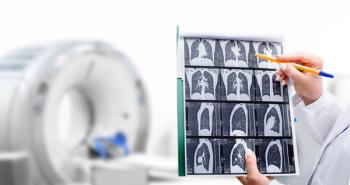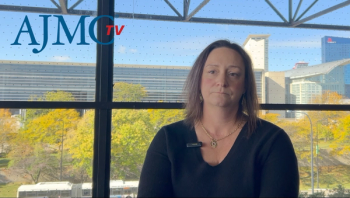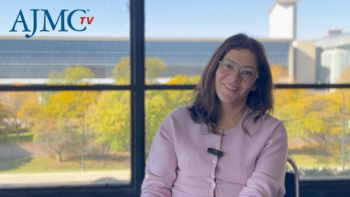
Pulmonary Function Testing in COPD
Experts in the field of chronic obstructive pulmonary disease define the role of pulmonary function tests such as spirometry for a diagnosis.
Transcript
Neil B. Minkoff, MD: Let me ask 1 last question before we move over to different forms of therapy, which we have touched on but haven’t really explored: The differences between how you, as clinical experts, use pulmonary function tests and spirometry as opposed to ways that PCPs [primary care physicians] may or may not be using them; and the complexity that they may feel about FEV1 [first expiratory volume in the first second of breath] and forced vital capacity?
Byron Thomashow, MD: I think Frank would agree with most of what I’m going to say. Attempts to get spirometry widely used in primary care have generally failed in this country. It’s been more successful in Great Britain, for example.
Neil B. Minkoff, MD: I failed. We tried to do it.
Byron Thomashow, MD: But mostly it failed. There’s limited time. Oftentimes, we need to have an office staff that’s capable of it. Perhaps even worse, when you’ve looked at the data, they suggest that even those offices that have spirometry stop doing them after a period of time. If you look at the quality of the spirometry that’s done, it generally doesn’t meet the ATS [American Thoracic Society] criteria. So it’s complicated.
Some 12 years ago now—it’s been 12 years that we’ve been working on this—the COPD Foundation co-sponsored a workshop with the NHLBI [National Heart, Lung, and Blood Institute] on case findings in COPD [chronic obstructive pulmonary disease]. And out of that, over this long period of time, came the development of the technique called CAPTURE [COPD assessment in primary care to identify undiagnosed respiratory disease and exacerbation risk], which is the development of a very short questionnaire—5 questions—tying it to a mechanical peak-flow device that is very inexpensive and is widely used in primary care in asthma, for example.
And the publications of several of the studies we’ve done, including 1 in the “Blue Journal” [American Journal of Respiratory and Critical Care Medicine] within the last couple of years, are really very impressive and suggest that we might be able to use CAPTURE as a way of better defining who needs spirometry. We’re now in the process of doing another NHLBI study in primary care. We are recruiting 5000 people in primary care to see how this works in a primary care setting. And the potential exists that it could better define for us where we go.
There’s even some interest from the World Health Organization, for example, in areas where there is less medical technology available, where you could envision CAPTURE, potentially using it as a way of defining COPD. This is in part because the majority of people right now are not being diagnosed with spirometry. There is both, therefore, as Maria was mentioning, the issue of both underdiagnosis and overdiagnosis, and therefore the issues of undertreatment and potentially overtreatment. Figuring out a better way to do this, which is what this 12-year process has really been involved in, should be helpful for us going forward.
Newsletter
Stay ahead of policy, cost, and value—subscribe to AJMC for expert insights at the intersection of clinical care and health economics.








































